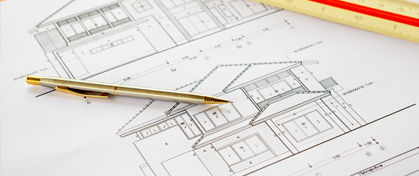How it works: the new Rental Exchange initiative
Discover everything you need to know about the Rental Exchange Initiative in this quick and simple guide.
BorrowingDiscover everything you need to know about the Rental Exchange Initiative in this quick and simple guide.
BorrowingLatest

Do you know if your property is subject to chancel repair?
Borrowing
Learn how to find and recover money you have in lost bank, building society and savings accounts.
Money Management
We explain how to protect yourself and your credit score, as well as how to remove fraudulent activity markers from your credit report.
Borrowing
Applying for a mortgage can be stressful. We explain the process, and the steps you may take after you get your mortgage offer.
Borrowing